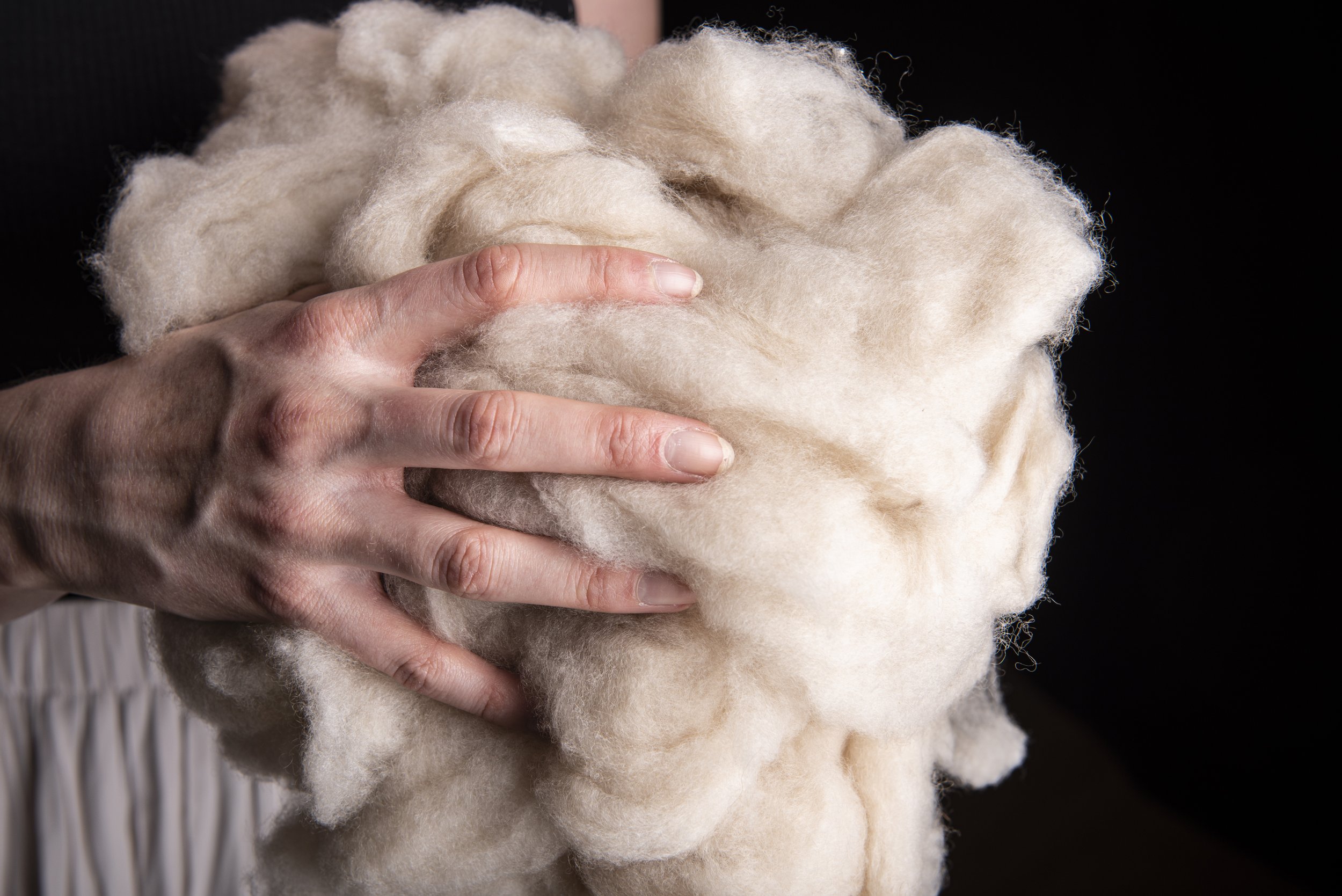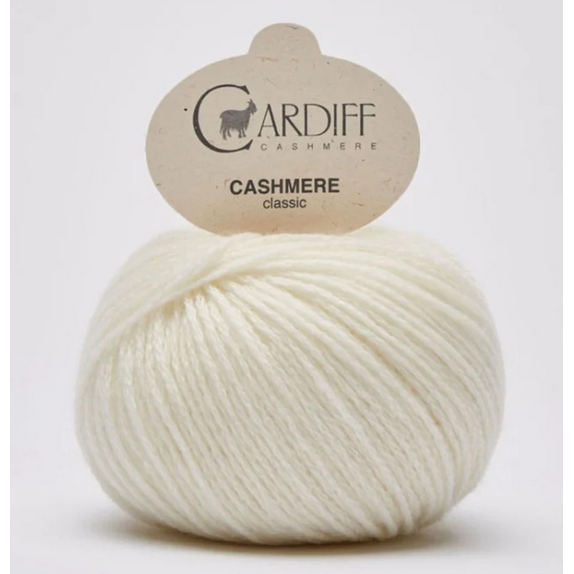What Material Is Cashmere? Understanding Its Distinctive Characteristics and Uses
What Material Is Cashmere? Understanding Its Distinctive Characteristics and Uses
Blog Article
Factors You Need To Need Cashmere a Natural Fiber for Convenience and Elegance in Everyday Wear
In the realm of fabrics, couple of fibers equal the deluxe and convenience of cashmere. How can one best utilize cashmere to raise their design? These intriguing inquiries lay the foundation for an enlightening exploration into the world of cashmere. cashmere fibre.
Comprehending the Glamorous Nature of Cashmere

Reviewing the Convenience Aspect of Cashmere Wardrobe
What top qualities highlight the comfort variable of cashmere garments? The soft qualities of cashmere is the initial high quality to take into consideration. Its deluxe texture makes it feel like a second skin, supplying warmth without the weight or itchiness connected with various other woollen items. Furthermore, cashmere's distinct fiber structure enables breathability, regulating temperature and protecting against getting too hot. The material's flexibility and toughness make certain that it mold and mildews against the body conveniently, keeping its shape in time. Cashmere's hypoallergenic buildings also contribute to its convenience, making it an ideal choice for sensitive skin. Last but not least, the ability to layer cashmere items without bulkiness heightens the comfort this aspect. Basically, the comfort of cashmere is obtained from its gentleness, breathability, longevity, hypoallergenic nature, and adaptability.

The Ecological Effect and Sustainability of Cashmere
While the comfort and elegance of cashmere are most certainly attractive, it's just as crucial to consider its partnership with the setting. Cashmere manufacturing, primarily in Mongolia and China, involves elevating cashmere goats, which can considerably stress delicate grassland ecological communities due to overgrazing. This can bring about desertification, a pushing ecological worry. The handling of cashmere, involving washing and dyeing, can also contribute to water pollution if not correctly handled. Initiatives are being made to develop sustainable cashmere production approaches, such as rotational grazing and cleaner handling techniques. For this reason, while cashmere has ecological impacts, its sustainability greatly relies on production practices.
Comparing Cashmere to Artificial Fibers: A Cost-Benefit Evaluation
Regardless of its environmental challenges, cashmere provides a special collection of advantages over artificial fibers. Cashmere's all-natural fibers use unequaled softness and heat, equating right into comfort that artificial fibers battle to match. Unlike artificial fibers, cashmere does not contribute to microplastic pollution, making it a much more lasting option.
Designing Tips With Cashmere for Everyday Beauty
Having actually thought about the cost-benefit analysis of cashmere compared to artificial fibers, it becomes clear why this lavish site product is a preferred selection for lots of. When styling cashmere for everyday style, simplicity is crucial. Ultimately, the inherent elegance of cashmere makes it a functional enhancement to any type of wardrobe, effortlessly boosting day-to-day clothing with a touch of luxury.

Final Thought
In addition, cashmere's sustainability and reduced ecological influence contrasted to artificial fibers additionally boost its charm. Spending in cashmere garments is a rewarding choice for style, sustainability, and comfort.

Report this page